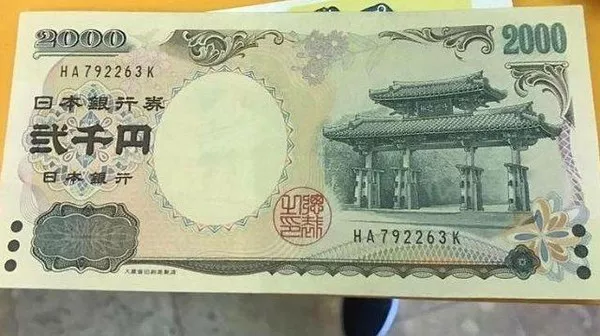The Japanese Yen (JPY) edged lower on Friday following the Bank of Japan‘s (BoJ) decision to maintain its interest rate at 0% at the conclusion of its June policy meeting. This marks the second consecutive meeting the BoJ has held rates steady after its first rate hike since 2007 in March. However, the central bank announced plans to reduce bond purchases, aiming to provide more flexibility to long-term interest rates. Policymakers indicated that a comprehensive plan for decreasing bond buying over the next 1-2 years would be confirmed at their next policy meeting.
Meanwhile, the US Dollar Index (DXY), which measures the value of the US Dollar (USD) against six major currencies, inched higher despite the release of weaker-than-expected economic data on Thursday. The US Producer Price Index (PPI) came in softer, and Initial Jobless Claims were higher than anticipated. Nevertheless, the USD’s strength can be attributed to the hawkish stance of the US Federal Reserve (Fed).
Fed’s Revised Rate Outlook
Federal Open Market Committee (FOMC) policymakers have adjusted their outlook, now projecting only one rate cut for the year, compared to the three cuts forecasted in March. This revised expectation signals a more aggressive approach to managing inflation and maintaining economic stability, bolstering the USD’s resilience. Investors are now awaiting the preliminary US Michigan Consumer Sentiment Index, set to be released on Friday, which will provide further insights into consumer confidence and the economic outlook.
Market Movers and Commentary
BoJ Governor Kazuo Ueda: In a post-policy meeting press conference, Governor Ueda stated that the central bank decided to reduce Japanese Government Bond (JGB) purchases to allow long-term yields to form more freely in the markets.
Japanese Finance Minister Shunichi Suzuki: On Friday, Suzuki reiterated his aim to achieve the primary balance goal and expressed concerns about China’s excess production impacting the Japanese economy.
US Economic Data: Initial Jobless Claims for the week ending June 7 increased significantly, rising by 13,000 to 242,000, surpassing market expectations of 225,000 and marking the highest level since August 2023. The PPI rose 2.2% year-over-year in May, slightly below the forecast and April’s revised figure of 2.3%. The core PPI also came in weaker than expected at 2.3%.
FOMC Policy Meeting: The committee left its benchmark lending rate unchanged at 5.25%-5.50% for the seventh consecutive time. Fed Chair Jerome Powell noted that the current restrictive stance on monetary policy is yielding the expected effects on inflation.
Technical Analysis: USD/JPY Moves Above 157.50
The USD/JPY pair traded around 157.90 on Friday. Analysis of the daily chart shows a bullish bias, with the pair consolidating within an ascending channel pattern. This pattern typically indicates a continuation of the upward trend, suggesting that the price is likely to keep rising as long as it remains within the channel.
Immediate Resistance: The pair faces an immediate hurdle at the psychological level of 158.00. If it breaks above this level, the next target is near the upper boundary of the ascending channel around 159.20. The 160.32 level, marked in April as the highest in over thirty years, represents a major resistance.
Support Levels: On the downside, support appears at the lower boundary of the ascending channel around the 50-day Exponential Moving Average (EMA) at 155.18. A breach below this level could increase downward pressure on the USD/JPY pair, potentially driving it towards the throwback support area around 152.80.
Overall, the Japanese Yen’s decline and the US Dollar’s strength reflect broader market reactions to central bank policies and economic data, underscoring the complex interplay of global economic forces.
Related Topics:

























